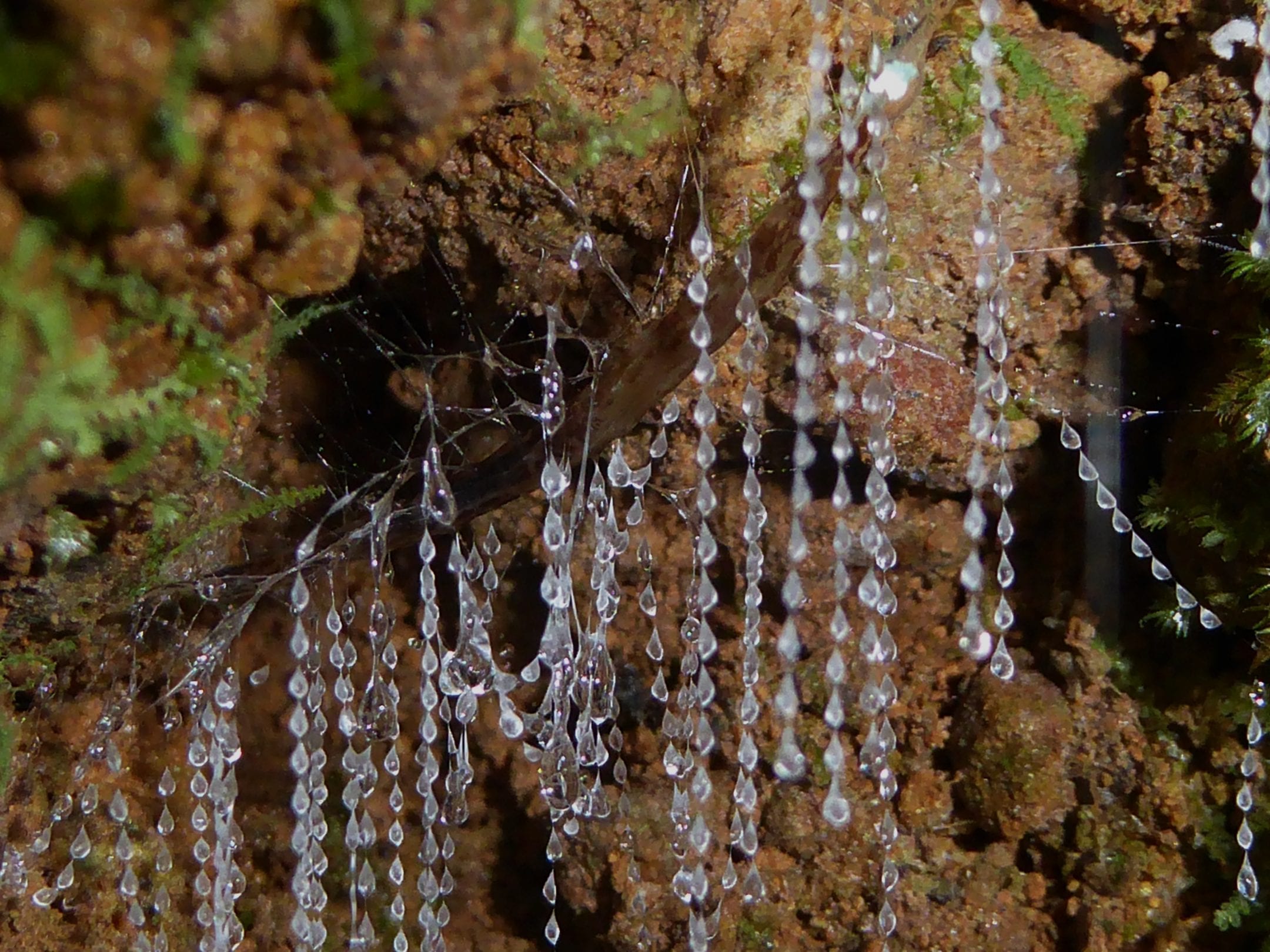Send Light Signals in the Visible Spectrum
The visible spectrum is the portion of the electromagnetic spectrum that the human eye can detect. Visible light can be thought of in two ways–light as illumination (such as that used by fireflies) and colors that result from light being absorbed or reflected. Living systems use light for a variety of purposes. Sometimes, they use it to make themselves highly visible (like a peacock showing off his brilliant feathers to a potential mate). Other times, they use it to become virtually invisible (like an owl hiding in plain sight when it rests during the day). When a living system sends a light signal, it must create that light or color in an energy- and material-efficient way. Living systems create and enhance color using such strategies as non-toxic pigments, structures that bend and absorb different wavelengths, and chemical processes that create bioluminescence.
Transform Radiant Energy (Light)
The sun is the ultimate source of energy for many living systems. The sun emits radiant energy, which is carried by light and other electromagnetic radiation as streams of photons. When radiant energy reaches a living system, two events can happen. The radiant energy can convert to heat, or living systems can convert it to chemical energy. The latter conversion is not simple, but is a multi-step process starting when living systems such as algae, some bacteria, and plants capture photons. For example, a potato plant captures photons then converts the light energy into chemical energy through photosynthesis, storing the chemical energy underground as carbohydrates. The carbohydrates in turn feed other living systems.
Capture, Absorb, or Filter Organisms
Many living systems must secure organisms for food. But just as one living system must capture its prey to survive, its prey must escape to survive. This results in capture and avoidance strategies that include trickery, speed, poisons, constructed traps, and more. For example, a carnivorous plant called the pitcher plant has leaves formed into a tube that collect water. Long, slippery hairs within the tube face downward. When insects enter the tube seeking nectar, they lose their footing and slide inside, unable to climb out and escape being eaten and digested by the plant.





